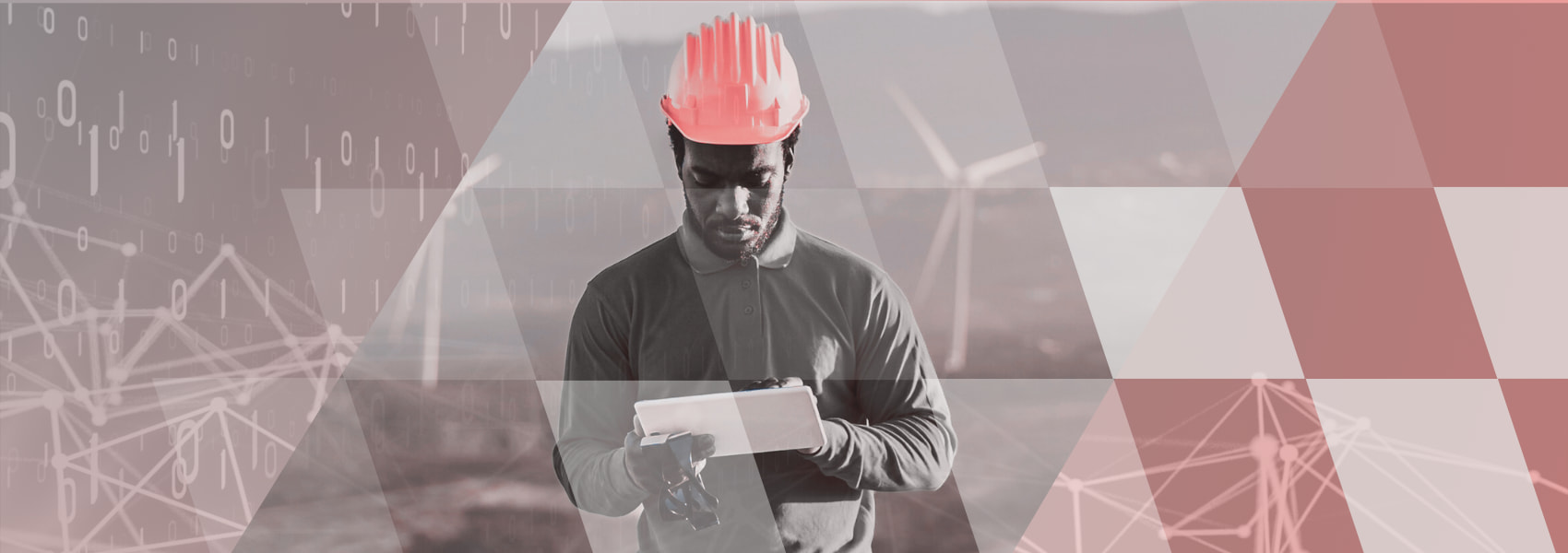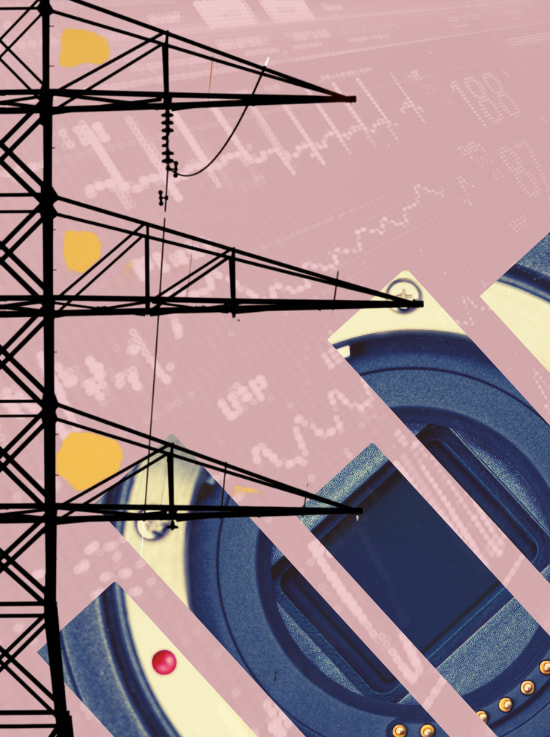A Roadmap to the Future: How is AI already powering electrification ?
A sustainable, electrified future is not a distant vision – it’s being built today and the recent outburst of AI technologies has already allowed Nexans to launch innovations that transform once-opportunities into concrete business breakthroughs for many actors of the electrification value chain:
- Grid operators are now able to build in a few weeks-time digital twin replicas of their physical network out of incomplete and often inaccurate legacy data sources. AI and ML algorithms create highly precise assets connectivity models, enabling the implementation of transformational smart grid programs such as advanced distribution management systems.
- Large electro-intensive industrial companies that rely on critical machinery uptime performance can optimize their capital expenditure and maximize asset utilization by leveraging predictive failure and asset/component obsolescence models, all while effectively managing risk
- Thanks to AI-powered virtual power flow models, datacenter operators or critical building owners aiming at upgrading and modernizing their legacy equipments towards higher capability IT servers and more efficient cooling systems can determine whether their existing power infrastructure (cables, transformers, etc.) still remains fit for purpose.
- Electrical contractors are now provided access to mobile apps with embedded AI computer-vision and augmented reality technology bricks that verify the proper preparation and installation of sensitive components such as medium voltage terminations, joints and connectors in order to ensure long term reliability performance of their infrastructure.
As we continue to innovate and push the boundaries of smart grid technology, partnerships are key to success. Nexans is partnering with an ecosystem of key actors of the sector to enhance the reliability and safety of modern power networks. Such partnerships enable the Group for example to integrate advanced AI-driven monitoring into medium-voltage cables systems, allowing for predictive maintenance, fault detection, and real-time diagnostics of these critical infrastructures.
Toward a Sustainable, Intelligent Future
The electrification industry is standing on the brink of a revolution. With AI at the helm, critical electrical infrastructures are becoming more resilient, efficient, and intelligent.
At the intersection of AI, IoT, and Industry 4.0, we’re entering a new era of electrification – one where power grids and large electrical infrastructures such as datacenters or gigafactories aren’t just networks of wires, substations, machines and robots, but dynamic systems capable of self-monitoring, self-healing, and optimizing themselves.
And while this future is already being realized by pioneers across the industry, some companies are leading the charge. Nexans, with its expertise in both electrification and digital transformation, is at the forefront of this revolution. Through its innovative solutions, Nexans is helping to shape the power infrastructures of tomorrow, ensuring that we not only meet the energy challenges of today but build a smarter, more connected future for generations to come.




